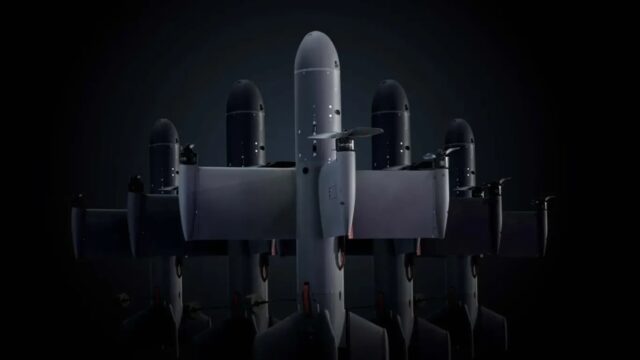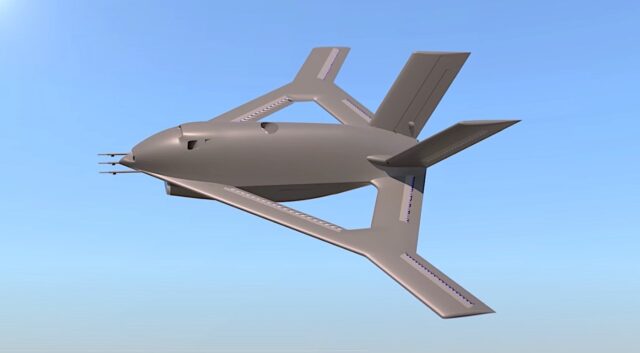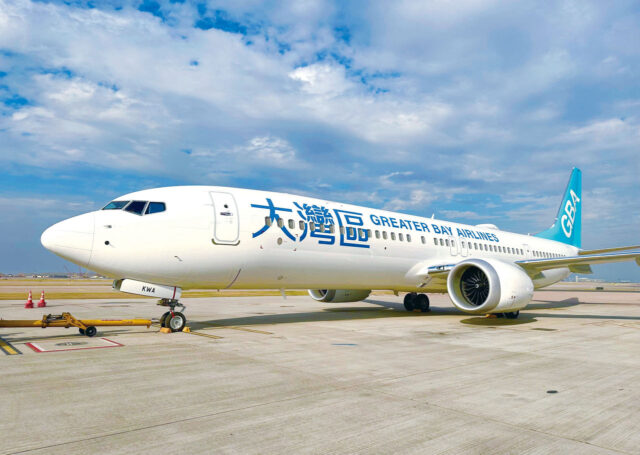France tests Rafale F4.3 standard as Dassault aims for dominance into 2060s
France is testing the Dassault Rafale F4.3 standard as part of progressive steps to keep the aircraft modern and updated. Meanwhile, Dassault is already working on a future F5 standard…

July 31, 2025
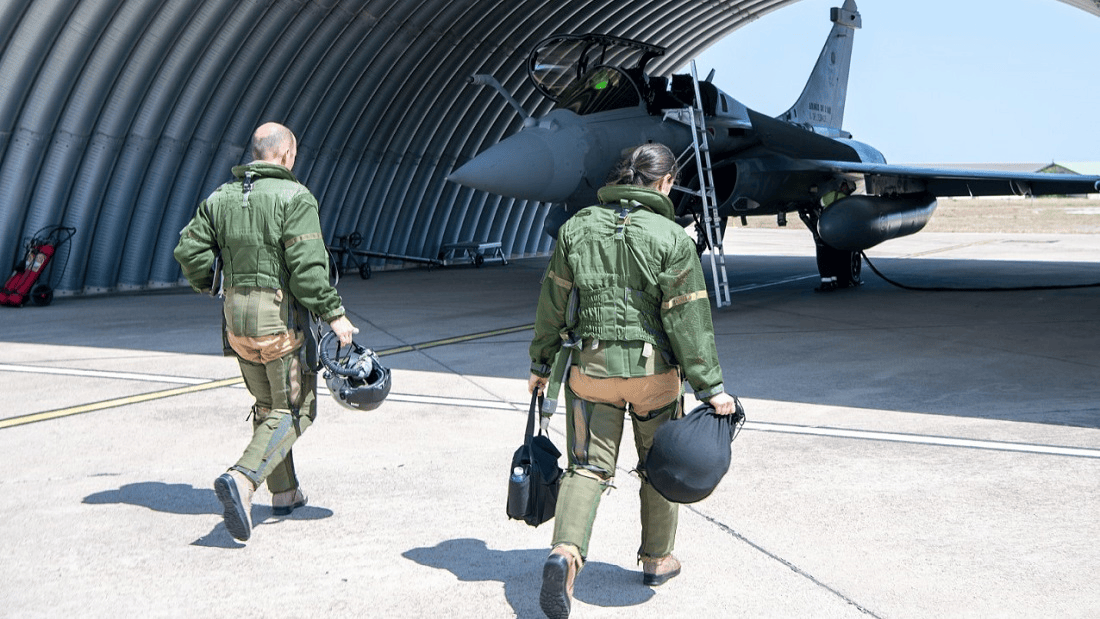
France is testing the Dassault Rafale F4.3 standard as part of progressive steps to keep the aircraft modern and updated. Meanwhile, Dassault is already working on a future F5 standard to pair the aircraft with advanced drones.
Dassault testing new Rafale F4.3 standard
The French Ministry for the Armed Forces stated on July 29th that it has concluded a major campaign to review the operational capabilities of the Rafale multirole fighter in a future F4.3 configuration. Tests have been conducted at the DGA Flight Test Centre in Istres, completing an important step in the Rafale’s new formal standard.
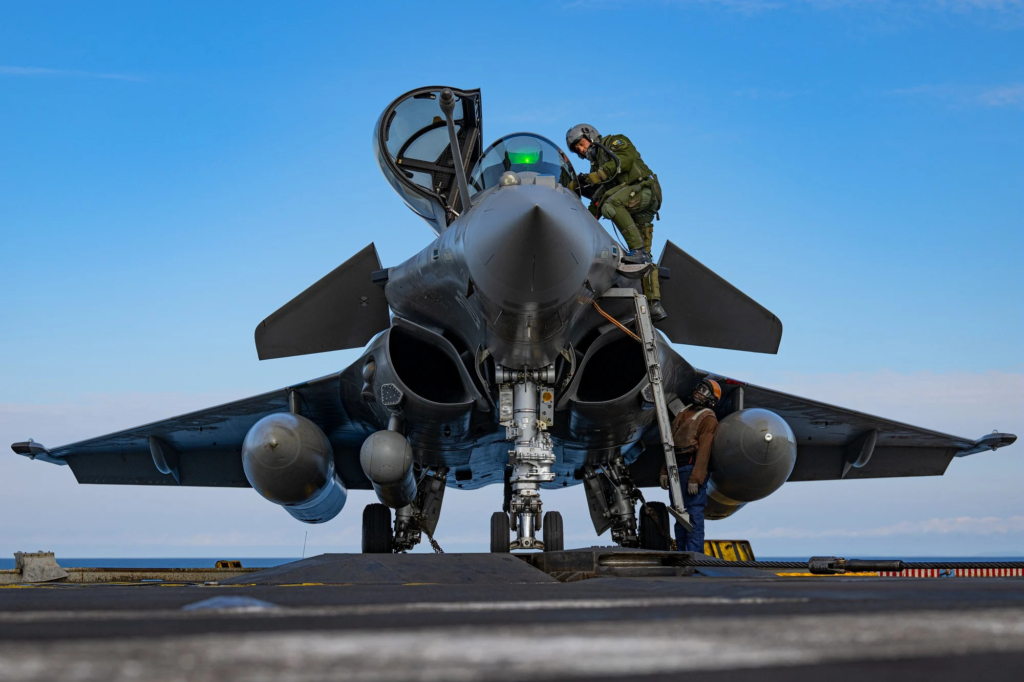
The press release stated the Rafales were placed in “operational mission situations to cover a wide range of use of the aircraft while analysing the performance of its various systems with appropriate measurement elements, particularly focused on connectivity and weapons systems.”
The large-scale evaluation included the collaboration of various parts of the French armed forces (including the French Air Force and Navy) as well as leading French contractors, Dassault, Thales, and MBDA. Evalutations included a total of seven missions covering scenarios in the air-to-air, air-to-ground, and air-to-sea domains.
Keeping the Rafale competitive into the 2060s
The Rafale is set to become the only fighter jet operated by the French Air and Space Force and the French Navy as older Mirage 2000s are phased out, with some donated to Ukraine. The Rafale is expected to remain the country’s frontline fighter until deep in the 2040s when (if) FCAS comes into service.
To keep the Rafale competitive, in 2019, the French Ministry of Defence announced the new Rafale F4 standard. This is part of the process to continuously improve the Rafale “in line with operational requirements.”
The F4.1 standard is in service while deployment of the F4 standard is continuing, with new functions becoming available over the decade.

Dassault is already at work developing the F5 standard. That will integrate ever more powerful artificial intelligence algorithms and will optimise the Rafale to work with the loyal wingman drones being developed by Dassault Aviation for the Rafale. France awarded Dassault the contract for advanced drones in October 2024.
Dassault claims these continual improvements will ensure the “Rafale F5 will have robust offensive and defensive capabilities beyond 2060.”
France’s significant fighter jet industry
France is currently contending to be the third-largest producer of high-end frontline fighter jets in the world. The United States and China are currently the world’s two largest producers of frontline fighter jets, delivering 150-250 fighter jets annually. Estimates for Chinese deliveries have a large margin of uncertainty.
In recent years, Dassault has seen orders for its Dassault Rafale pile up and has been ramping up production. In 2024, Dassault managed to deliver 21 Rafales, up from the 13 delivered in 2024. This was only a little behind Russia’s estimated 24 deliveries (including Su-57, Su-34, Su-30/35). Dassault is planning to deliver 25 Rafales in 2025.
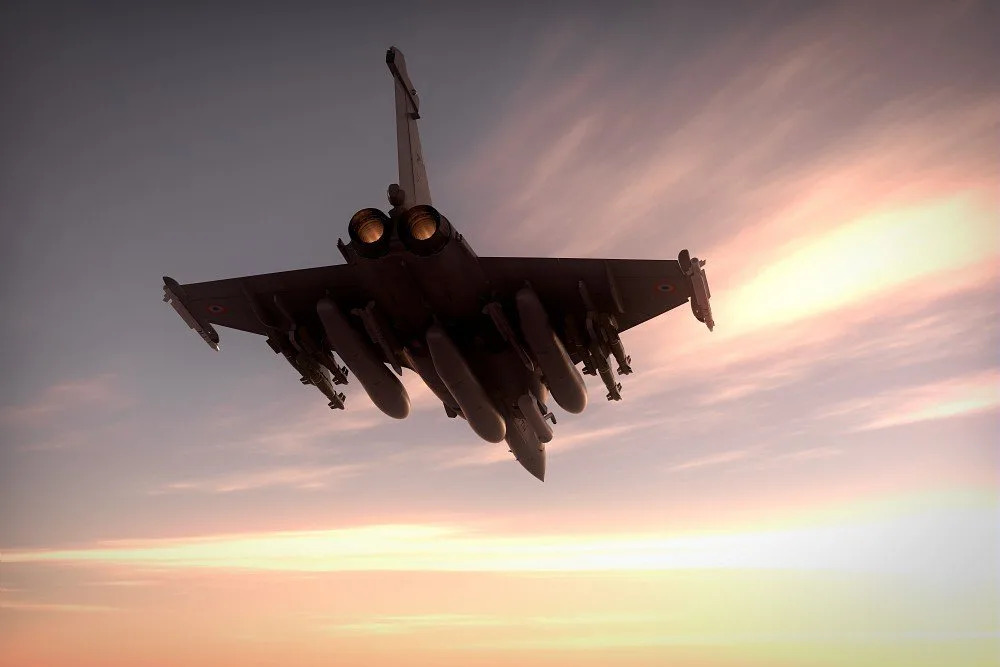
Thanks in part to its popular Rafale fighter jet, along with the collapse of Russian fighter jet exports, SIPRI ranked France the second-largest arms exporter in the world in 2024 after the United States. France is also second only to the US in combat aircraft export orders (including trainers).
Meanwhile, France is also developing a 6th-generation fighter under FCAS with Germany and Spain. Disagreements with worksharing in the program are putting the future of the jet into question. France is reportedly demanding an 80% workshare despite previous agreements. Germany has hit back, saying it has no intention of just providing funding to an essentially French aircraft.
